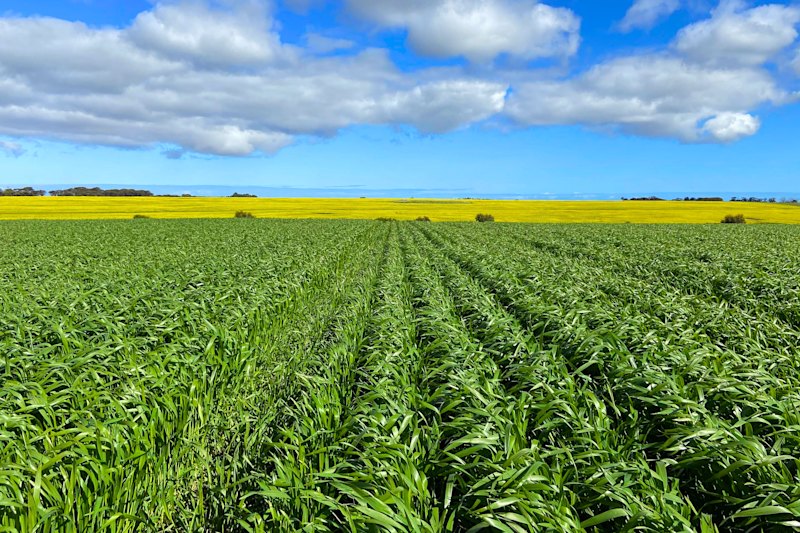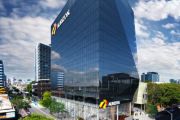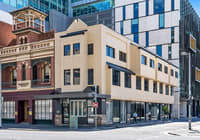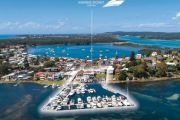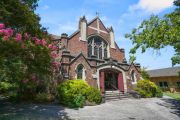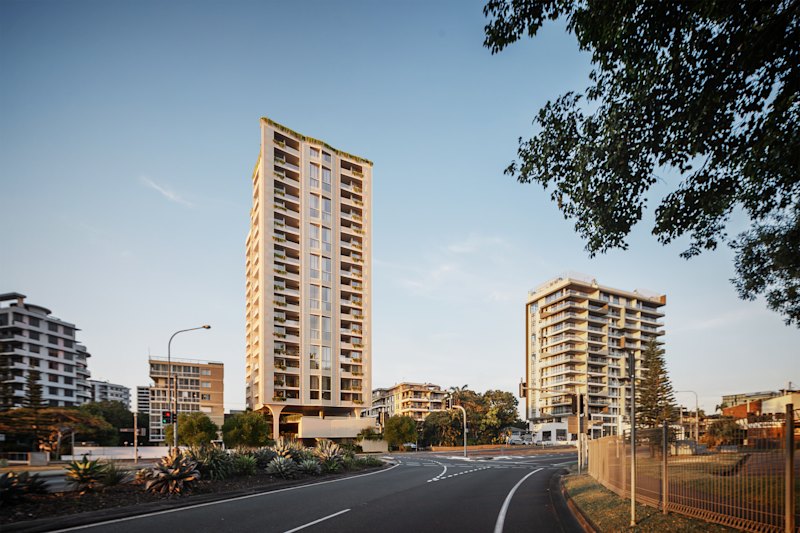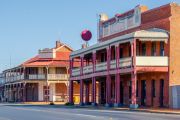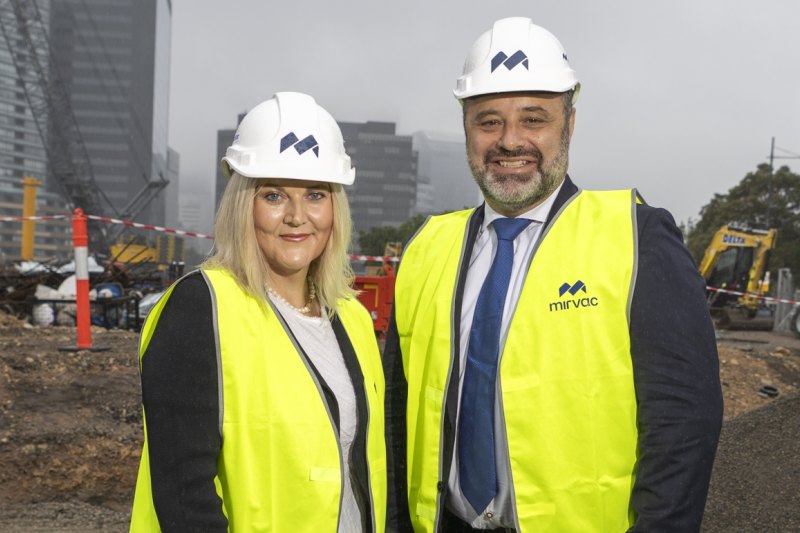
Mirvac taps stamp duty exemptions to sell luxury Melbourne apartments
Mirvac has sold more than half of the 186 luxury apartments in a planned new 45-level building in riverside Melbourne, with overseas buyers making up 20 per cent of the sales, which benefited from state government stamp duty exemptions.
ASX-listed Mirvac revealed the sales figures on Monday, after a weekend in which it sold 150 apartments, out of a total planned 263, at its Harbourside development in central Sydney, where the state government has given no such exemption to buyers of off-the-plan apartments.

Units in the 45-level, all-electric tower range from $700,000 for a one-bedroom apartment up to $14 million for a penthouse. Last month, in a move costing the state $55 million for one year, the Labor government in Victoria abolished the $550,000 price cap for local and foreign owner-occupier buyers to qualify for the three-quarters reduction in stamp duty.
News of the sales – and strong sales in the Sydney development with no tax break – raise questions about who should benefit from stamp duty cuts.
Mirvac’s head of development Stuart Penklis said the stamp duty concession was justified because the established housing market was slower in Victoria than in other states and this was holding back purchases.
“We just haven’t seen as many people either upgrading or right sizing as what we’ve historically seen,” Mr Penklis told The Australian Financial Review.
“And I think the concessions that the Victorian government announced is a great initiative to get people to move to commit to the right type of housing.”
The stamp duty concession partially restored a previous exemption for off-the-plan apartment purchases.
But while the change, only in place for a guaranteed 12-month period, made it hard for companies and investors to plan beyond that, it also disadvantaged aspiring younger buyers of detached homes by not offering them the same concession, Victorian Opposition Leader John Pesutto said.
“Why can’t they be given the benefit of this change which would be a fraction of the benefit going to a purchaser of multimillion-dollar properties?” Mr Pesutto said.
Mirvac’s Trielle building is the tenth out of 12 that the developer is planning on for the two-kilometre-long Southbank strip. The precinct was likely to be completed in the early 2030s, said Elyssa Anderson, the company’s Victoria head of residential development.
The latest official figures show new commencements of apartments, townhouses and semi-detached homes nationally fell 6.7 per cent in the June quarter to 14,031, an 18-month low.
The slump in construction was clear in Victoria, where the number of new attached-home commencements slumped to 3563, a 13-year low and the weakest total since the December quarter of 2009, the Australian Bureau of Statistics numbers show.
State Labor minister for development and precincts Colin Brooks on Monday said the state was “a long way” from where it needed to be in terms of boosting total supply and needed to deliver new housing across every part of the market.
“We are absolutely focused on building more supply in the housing market,” Mr Brooks told the Financial Review.
But he said projects such as Trielle freed up housing elsewhere, as was the case with a downsizer from Melbourne’s western suburb of Point Cook, who had bought into the Mirvac building.
“A new home here means another home in the market in Point Cook,” Mr Brooks said.
Mr Penklis said the weekend sales of Harbourside in Sydney, which grossed more than $600 million, all from local buyers – 40 per cent of whom were repeat buyers – showed that the development was different from the Melbourne project.
“Harbourside is unique,” he said. “It is a premium product, and there has been a lot of pent-up demand for this project. It’s reflective of the iconic location at the site.”


